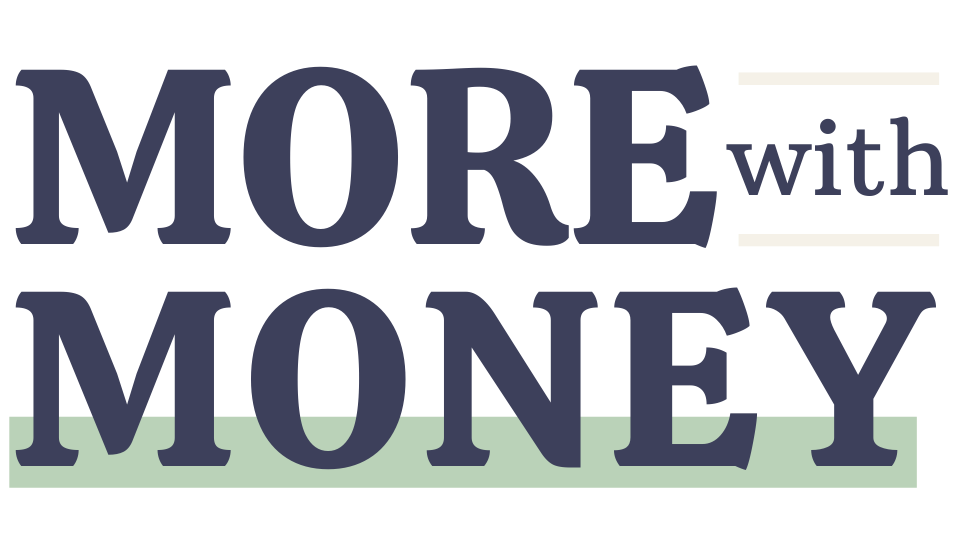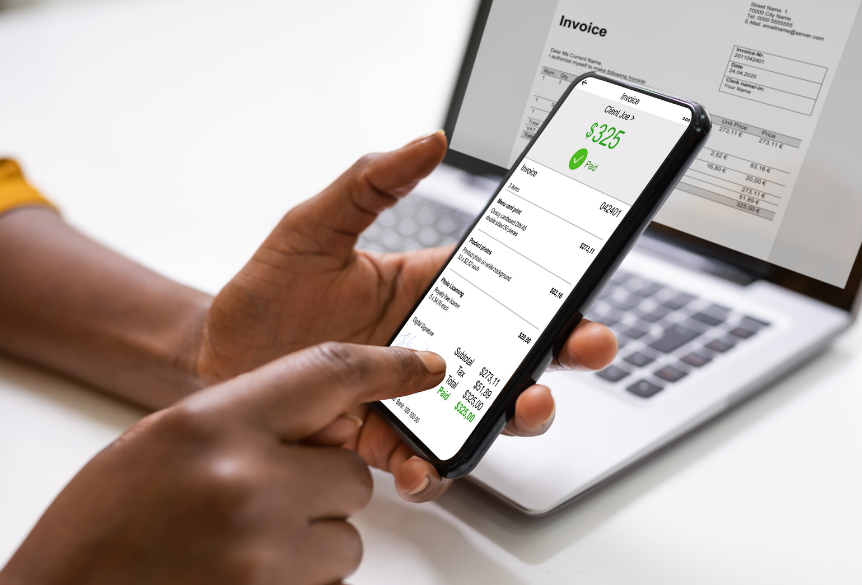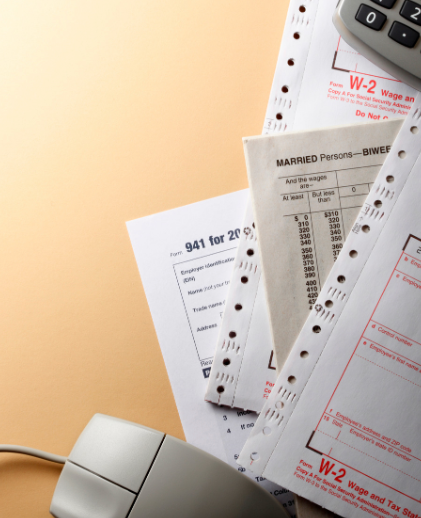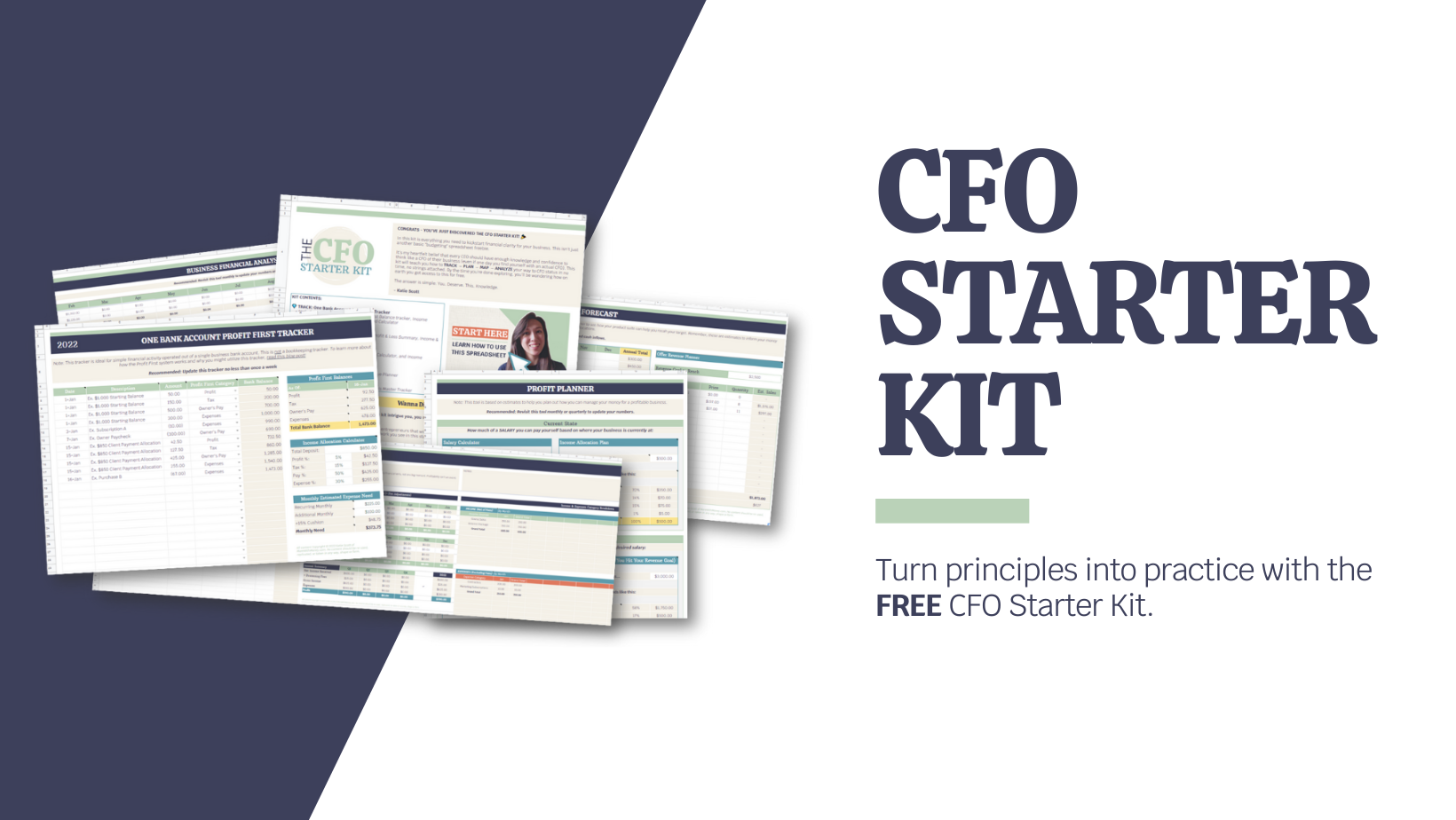US Tax Checklist for Business Owners: Throughout the Year (Part 1)
As a business owner, what do you need to have ready throughout the year for taxes? Understanding your tax obligations can be an overwhelming part of entrepreneurship. This post can serve as your checklist and starting point for ensuring your business is compliant this year!
This is Part 1 of the Tax Prep Series!
Disclaimer: This information is intended for a general audience and does not constitute direct financial advice for your personal situation. Additionally, this post is based on United States tax law and may not be as applicable to businesses based in other countries. If you have financial questions relating to your individual business or situation, please reach out to a trusted CPA or tax preparer.
Bookkeeping & Record Management
Tracking your finances is one of the key CFO-level habits of any CEO of a business. Not only does it give you the data you need to run your business well, but it’s critical for legal and tax compliance.
Throughout the year, on at least a daily or weekly basis and no less than a monthly basis, you want to ensure that you’re tracking all of your financial activity: Income, Expenses, Other Cash Flow, everything!
Additionally, you want to be storing and archiving all records that PROVE that this financial activity actually occurred (for at least seven years!). This means invoices, receipts, bank statements, etc. A simple folder system in Google Drive labeled by months and years will make the world of a difference if you ever fall behind in your record-keeping or you get audited.
Estimated Taxes
This is a big one, so we’re going to spend more time on this topic than the others.
As a traditional employee who receives regular paychecks, you probably became very familiar with that annoying line on your stub that read “Federal Withholding” and a negative number that reduced your take-home pay. This deduction taken from your taxes were essentially a pre-payment of the taxes you were expected to owe.
My old accounting office used to say that the IRS basically doesn’t trust us to manage our money well enough to have the balance owed at the end of the year, so they collect in advance.
As a business owner, you generally are expected to make estimated tax payments on a quarterly basis. Again, this is a pre-payment of what you’re expected to owe when you go to file your taxes next year. So estimated payments made in 2023 are for the 2023 tax return that you will file in 2024. (Yeah, tax years are confusing, I know.)
Technically, you don’t have to pay these by the quarterly deadlines, or even at all. However, if you owe a balance on your tax return and you didn’t make your estimated payments, you’ll owe an additional penalty - so it’s best to make your payments on time.
When should you make the payments?
For each quarter, you’ll typically want to send in your estimated payment by the 15th day following the end of the quarter, with the exception of Q2 (I’ve included a chart below).
How much should you pay?
This depends on your personal situation. Oftentimes with your prior year’s tax return, your tax preparer or software will generate Form 1040-ES Estimated Payment Vouchers with your return. These vouchers will tell you how much to pay based on your numbers from last year. Otherwise, it’ll be based on an estimate of how much you’re going to earn throughout the year and are likely to owe on next year’s return. You may feel comfortable calculating this yourself (such as setting aside a % of all income as you earn it), but I generally recommend working with a tax preparer.
Read More From the IRS:
Payroll Taxes
Read More From the IRS:
If you are an employer (or even if you are your own employee, if your business is an S Corp) who pays out traditional payroll, you have payroll tax responsibilities throughout the year.
Your payroll company or system (such as Gusto or ADP) should help with the regular payroll taxes that you need to collect from your employees and remit to the government on their behalf (income tax withholding, social security tax, Medicare tax, etc).
Additionally, you may need to file Form 941, which is the Employer’s Quarterly Federal Tax Return. You’ll have additional end-of-year responsibilities as an employer, which we’ll discuss in the second part of this blog series.
Side Note for Contractors: While you don’t have to pay out anything for payroll taxes for contractors, you may want to keep track of any contractors you plan to pay at least $600 to throughout the year. Have them fill out the Form W-9 at the start of the engagement so you don’t have to hunt down their information next year at the last minute!
Sales Tax
Sales tax is complex, and it may need to be handled monthly, quarterly, annually, or not at all depending on your business.
The rules differ heavily by state and industry, so the first thing you’ll need to do is determine if you are required to collect. This requirement is known as having nexus in a certain state.
If you are required to collect sales tax on the goods or services you provide, you must register with the state, collect sales tax from your clients, file sales tax returns, and remit the sales tax to the state.
It’s important to understand that you, the business, are not the one paying the sales tax. You are simply collecting sales tax from your customers on behalf of the state, then sending that money over to the government. Sales tax collected is money that was never yours to begin with- so don’t spend it!
Read More About Sales Tax:
Your Next Steps
Block a couple of hours from one of your afternoons this week to evaluate your business and complete the necessary research (start with the links provided in this blog!) to determine what tax responsibilities you have throughout the year.
If you need help or are feeling uncertain, then it’s time to reach out even just for a consultation with a CPA! It’s better to know today if you’re missing something important, rather than finding out later when the IRS sends a notice and a bill in the mail.
Important Tip: The IRS will never call or email you to notify you of problems with your tax filings or payments. They send letters the old fashioned way! Calls and emails are always a scam.
Once you know what you need to have in order throughout the year, you’re ready to check out Part 2 of this series: End of Year Taxes!
See you there!
Are you ready to take your financial journey to the next level? Then you may be ready to check out the More With Money Academy!
This ever-growing collection of online courses and trainings are specially designed to support entrepreneurs like you on your path to financial wellness. The Academy contains carefully designed courses that are easy to understand and implement so that you can be empowered with the practical concepts, streamlined systems, and powerful mindset to transform your business and personal finances.
Click here to explore what the More With Money Academy has to offer!
Pin for later
I'd love to continue the conversation in the comments! Feel free to share your thoughts.
Until next time!










